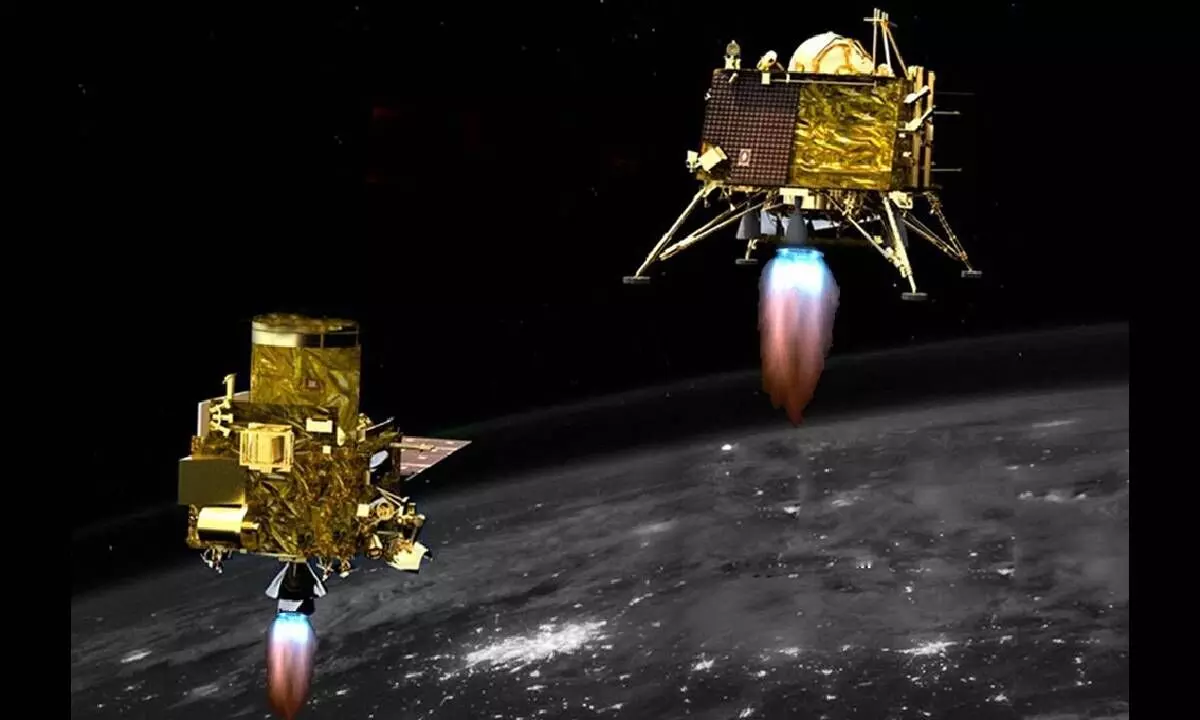Chandrayaan-3 brings to the fore the need to promote solar energy
image for illustrative purpose

The success of Chandrayaan-3 Mission is not all about lunar. According to ISRO, the soft-landing was planned as per the availability of sunlight. With solar panels on four sides, the Lander was always facing the Sun, so that it could keep drawing solar power, in case tumbles over or lands in an incorrect position. In the circumstances, it would not be incorrect to say that Chandrayaan-3’s journey would not have been completed without solar energy. The date of its landing was also based on the time of sunrise on the moon. Now that it has landed successfully, it is hoped that the solar panels would help the spacecraft unlock the mystery of Sun’s satellite. So far, so good!
Viewing the situation from a parallel side, everything does not seem alright when it comes to the solar energy sector in India. Solar installations dropped more than 10 per cent quarter-over-quarter (QoQ) compared to 1.9 GW installed in Q1 2023. There was an addition of 1.7 GW of solar capacity in the second quarter (Q2) of the calendar year (CY) 2023 while capacity additions fell almost 58 per cent year-over-year (YoY) compared to 4 GW in Q2 2022, if one has to go by what the newly Q2 2023 India Solar Market Update by Mercom India Research suggests. Large-scale solar projects accounted for 77 per cent of capacity added in Q2 2023, with rooftop solar making up the rest (23 per cent). Over 1.3 GW of large-scale solar were added in the quarter, down seven per cent QoQ and 64 per cent YoY. In 1H 2023, 3.6 GW of solar was added, down 53 per cent compared to 7.6 GW installed in 1H 2022. And all these are not without reasons. Delays, extensions, and postponements have led to a substantial number of solar projects being deferred by a year, making 2023 a year of solar setbacks for India. Meanwhile, these setbacks therefore have a positive and brighter side to it as well. In fact, 2024 looks extremely robust. Experts are of the view that rapidly declining solar components and project costs will be a catalyst for additional growth.
The 82-page report by Mercom India that covers all facets of India's solar market, also points out that following a weak first quarter, capacity additions slowed further in the second quarter. Extensions granted to several large-scale solar projects and those facing delays due to land and transmission issues affected installations in 1H 2023. Several projects stuck in the habitat of the Great Indian Bustard (GIB) still await the Supreme Court nod to receive transmission connectivity. During the quarter, the Ministry of New and Renewable Energy revoked the blanket extension applicable to projects in GIB area. These worrying facts notwithstanding, let us now take a look at the brighter spots in the Indian solar story. India's cumulative installed solar capacity surpassed 66 GW as of June 2023.
The country's utility-scale project development pipeline stood at over 67 GW as of June 2023. And most importantly, India’s solar energy accounted for over 43 per cent of new power capacity added in 1H 2023.

